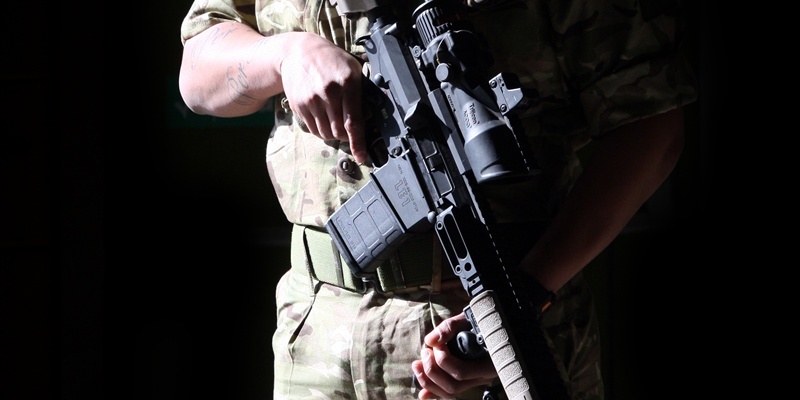As the Royal Marines of Arbroath’s 45 Commando prepare for a six-month tour of duty in Afghanistan, a senior British commander has warned of a spring and summer onslaught by the Taliban.
“In addition to all of that, they also were able to control the pace and scope of the violence using the production of narcotics to fund their activities, while simultaneously poisoning the rest of the world.
“It was an insurgency that was very well organised with an efficient supply chain. At that time the coalition was concentrating on controlling areas close to the river, it was very inwardly focused maintaining small security bubbles.
“Today it’s quite a different province. Progress has been sustained, it’s been continuous, and it’s been unrelenting.
“Coalition forces now have unbroken control of the Helmand river valley, each population is under our control, the security bubbles have been connected, and they’ve been extended, and the land between them is ours.”
Much of the insurgents have been pushed into the desert, he added, and in more than 2000 engagements the coalition forces have always prevailed the result being that insurgent encounters are now reduced to what the troops describe as “shoot and scoot” skirmishes.
During 45 Commando’s last tour in the country, which began in October 2008, 32 service personnel lives were lost. In December that year 45 Commando suffered its single largest loss of life since the Falklands campaign when three of its marines died as a result of two explosions on the same day.
Brigadier George Norton, the deputy commander of coalition forces in south-west Afghanistan, said officials are expecting a Taliban counter-offensive.
He said there has been “undeniable” progress since the US troop surge last year.
For six months the marines of 45 Commando will be based at Nad-e Ali South in Helmand province as part of the 9500-strong UK section of NATO forces.
“We expect the newly established security and governance will be subjected to the test of an insurgent offensive over the spring and summer,” said Brig Norton.
“So while cautiously optimistic, we must wait and see how resilient the local nationals, their security forces, and their local government will be if the insurgents really do come after them as we expect.
“There is still a fragility to this progress, not least because so much of it is less than a year old.”
The marines’ duties will include patrolling, protecting reconstruction teams, supporting the Afghan national army and police and denying insurgents freedom of movement.
The first military operation in Afghanistan in 2002 was led by the marines as part of the International Security Assistance Force (ISAF). There were deployments in 2006 and 2008, but this deployment represents a first, as 45 Commando has never been on a summer tour or been based at Nad-e Ali South.
They will join troops from the Royal Regiment of Scotland and crews from RAF Lossiemouth as part of 3 Commando Brigade.Critical yearThis is regarded as a critical year by coalition commanders as they prepare for the full hand-over to Afghan control at the end of 2014.
Large caches of weapons and equipment for making improvised explosive devices were discovered by 1st Battalion Royal Irish Regiment in Helmand last month.
More than 500 soldiers of the regiment, using 15 helicopters and with fast jets providing cover, also took part in an assault on what was described as an insurgent haven in the Nad-e Ali district.
It was the regiment’s biggest operation since it crossed the Rhine in 1945.
The coalition commander for the south-west, US Marine Corps Major General Richard Mills, said Helmand was “a very dark place” 12 months ago, but the situation had improved significantly.
“There was an active powerful insurgency controlling the bulk of the population and the majority of the terrain,” he said. “The insurgents’ presence threatened the very existence of the government” he continued, and said that the roads and such infrastructure as there was all came under their influence.
